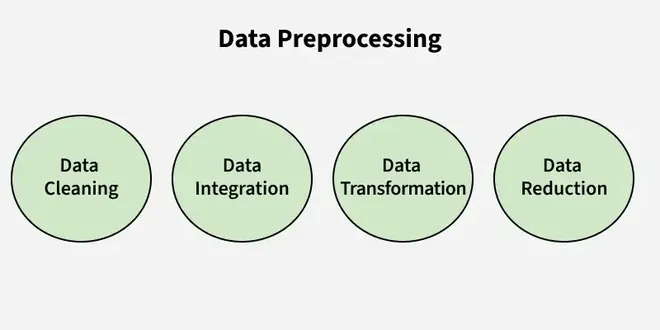Understanding Data Cleaning: Why 80% of Data Analysis is Preprocessing
Data is at the core of every decision-making process, but raw data is often messy, incomplete, and inconsistent. That’s where data cleaning comes in. Studies show that 80% of a data analyst’s time is spent on data preprocessing before actual analysis begins. Without clean data, even the most advanced analytics tools will produce misleading insights.
What is Data Cleaning?
Data cleaning (or data preprocessing) is the process of detecting, correcting, or removing inaccurate, incomplete, or irrelevant data from datasets. It ensures that data is consistent, accurate, and ready for analysis.
Why is Data Cleaning Important?
Unclean data can lead to poor decision-making, inaccurate predictions, and unreliable business insights. Effective data cleaning improves:
- Data Accuracy: Eliminates errors, duplicates, and inconsistencies.
- Data Reliability: Ensures high-quality data for making informed decisions.
- Efficient Analysis: Reduces processing time and enhances model performance.
- Better Visualizations: Clean data leads to more meaningful and actionable reports.
Key Steps in Data Cleaning
1. Remove Duplicates & Inconsistencies
Duplicates distort analysis, while inconsistencies create confusion. Identifying and correcting these issues is the first step to clean data.
2. Handle Missing Values
Missing data can be managed by removing incomplete entries, filling in values using statistical methods, or using predictive models.
3. Standardize Data Formats
Ensuring uniform date formats, numerical precision, and categorical consistency prevents confusion and errors in analysis.
4. Detect & Correct Errors
Identify outliers, incorrect spellings, or misclassified data that could skew results.
5. Validate & Verify Data Sources
Ensuring data comes from reliable and accurate sources prevents misinformation and bias.
Tools for Data Cleaning
- Python (Pandas, NumPy, OpenRefine): For large-scale data cleaning and manipulation.
- R (dplyr, tidyr): For handling complex statistical datasets.
- Excel: For small-scale cleaning tasks like deduplication and formatting.
- SQL: For filtering, updating, and organizing structured databases.
Final Thoughts
Data cleaning is a critical first step in data analysis—without it, insights and decisions may be flawed. At I4 Tech Integrated Service, we specialize in data cleaning, transformation, and analysis to help businesses unlock the true potential of their data.
Need help managing and cleaning your data? Contact us today and let’s optimize your datasets for accurate, actionable insights!


